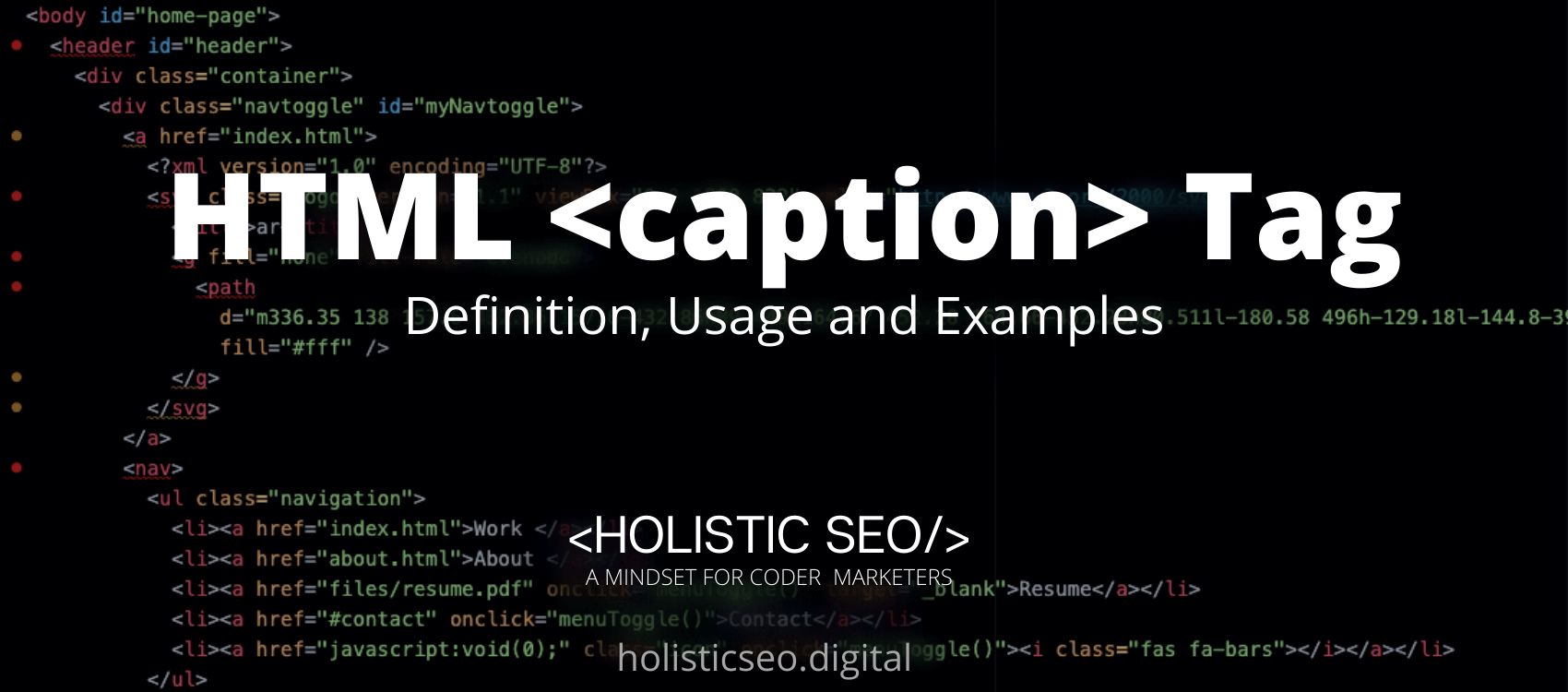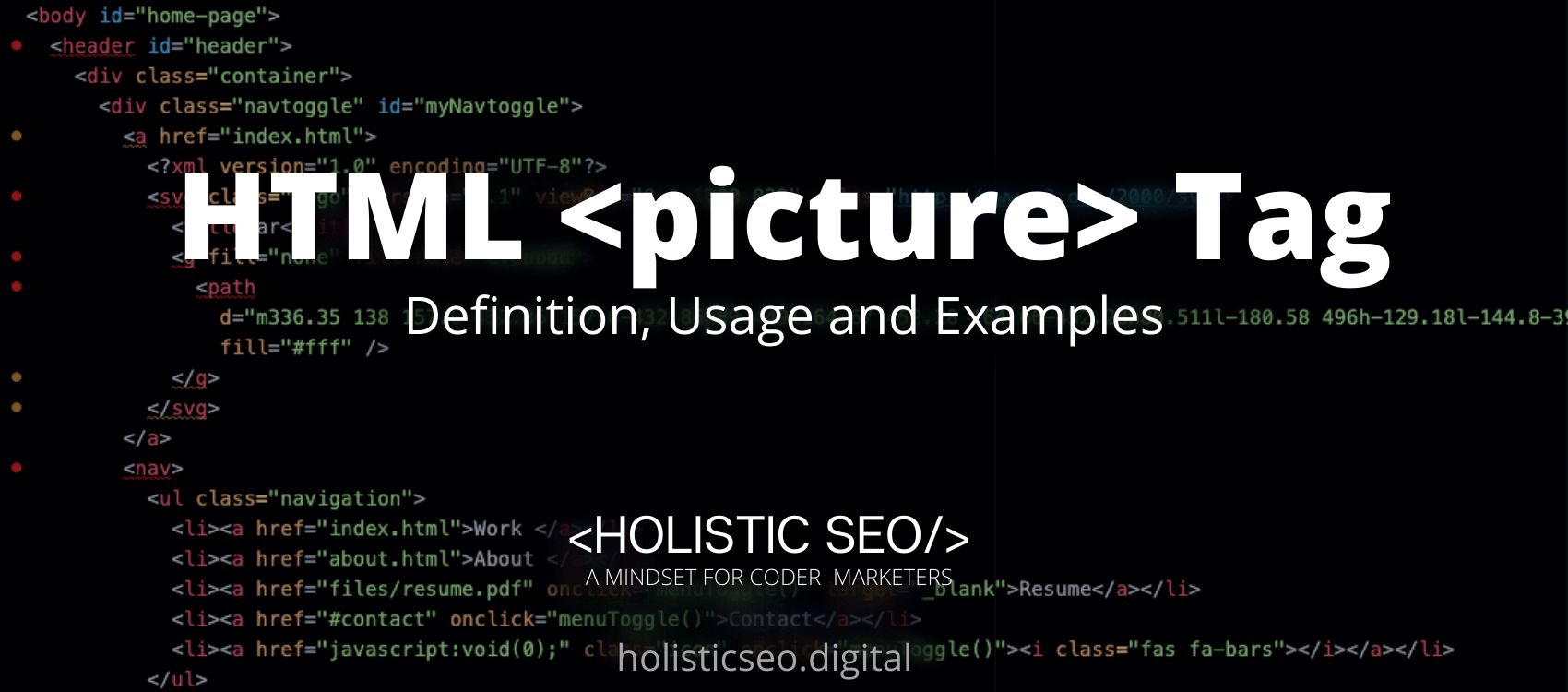The <ins> HTML Tag represents content that has been injected into an HTML document. When you need to call attention to content that has been introduced since a prior version of the page, the <ins> HTML tag might come in useful. The ins> tag is sometimes used in conjunction with the <del> HTML tag to mark up deleted material. The <ins> HTML Tag is part of Formatting HTML category in HTML Element Reference. The attributes of the <ins> HTML Tag are cite, datetime, global attributes, and events attributes.
<ins> code block examples to learn how it works are given below.
<ins>Inserted text...</ins>or
<ins cite="editinfo.htm" datetime="2022-03-02 07:00Z">Inserted text...</ins>The second example usage of the “<ins>” code block example is below.
<ol>
<li><del>Wash my face</del></li>
<li>Do my skin care</li>
<li>Brush my teeth</li>
<li><ins>Read Books</ins></li>
<li><ins>Sleep!</ins></li>
</ol>What is <ins> HTML Tag?
The <ins> HTML Tag specifies a block of inserted content. The <ins> HTML tag is commonly used to indicate a section of text that has been added to the page.
How to Use <ins> HTML Tag?
To use the <ins> HTML Tag, The site developer should write the <ins>/ins> tag, with the inserted content encapsulated between the start and end tags. Attributes such as cite (to link to the source of the quotation or further information about the edit) and datetime (to describe the date and/or time of the update) are available.
Example Usage of <ins> HTML Tag?
The following example of usage of <ins> HTML tag is given below.
A text with a deleted section and a newly inserted part.
<p>My favorite color is <del>pink</del> <ins>red</ins>!</p>What are the Attributes of <ins> HTML Tag?
There are multiple attributes for the <ins> HTML Tag. The following attributes are listed below.
- Global Attributes: The <ins> HTML Tag supports Global Attributes. All HTML elements, even those not specified in the standard, can have global attributes. This means that any non-standard elements must nevertheless allow certain characteristics, even if using such elements makes the content non-HTML5 compliant.
- Event Attributes: The <ins> HTML Tag supports Event Attributes. The Event Attributes always have a name that begins with “on” and is followed by the name of the event for which it is intended. They specify a script to run when an event of the defined type is dispatched to the element with the specified attributes.
- Cite Attribute: The <ins> HTML Tag supports Cite Attributes. The Cite Attributes attribute gives a URL to a document that describes why the content was deleted/changed.
- Datetime Attribute: The <ins> HTML Tag supports Cite Attributes. The Datetime Attributes specify the date and time when the text was removed or updated.
What are the Default CSS Settings for <ins> HTML Tag?
The following is the Default CSS Setting for the <ins> HTML Tag.
del,
ins {
display: block;
text-decoration: none;
position: relative;
}
del {
background-color: #fbb;
}
ins {
background-color: #d4fcbc;
}
del::before,
ins::before {
position: absolute;
left: .5rem;
font-family: monospace;
}
del::before {
content: '−';
}
ins::before {
content: '+';
}
p {
margin: 0 1.8rem 0;
font-family: Georgia, serif;
font-size: 1rem;
}What are the Related other HTML Tags to <ins>?
The other related HTML Tags to the <ins> HTML Tag are listed below.
- <acronym> HTML Tag: The <acronym> HTML Tag is related to <ins> HTML Tag because they are both in formatting HTML Tags. The <acronym> HTML Tag is similar to abbreviation tag. The abbreviation is defined using the <acronym> HTML Tag.
- <abbr> HTML Tag: The <abbr> HTML Tag is related to <ins> HTML Tag because they are both in formatting HTML Tags. The <abbr> HTML Tag is used to define abbreviations such as HTML, CSS, and so on.
- <big> HTML Tag: The <big> HTML Tag is related to <ins> HTML Tag because they are both in formatting HTML Tags. The <big> HTML Tag is used to define large text.
- <code> HTML Tag: The <code> HTML Tag is related to <ins> HTML Tag because they are both in formatting HTML Tags. The <code> HTML Tag is used to define the document’s code.
- 48 Online Shopping and Consumer Behavior Statistics, Facts and Trends - August 22, 2023
- B2B Marketing Statistics - August 22, 2023
- 38 Podcast Statistics, Facts, and Trends - August 22, 2023


